Discover research projects
Explore cutting-edge humanities research projects hosted on our platform. Each project represents a unique contribution to Swiss cultural heritage and academic knowledge.

Globalgeschichtliche Perspektiven im Schweizer Geschichtsunterricht
Das Forschungsprojekt liefert empirische Ergebnisse auf breiter Basis zu Potentialen von globalgeschichtlichen Perspektiven im Geschichtsunterricht.
WoPoss: A world of possibilities. Modal pathways over an extra-long period of time: the diachrony of modality in the Latin language
The WoPoss project aims at reconstructing the evolution of modal meanings in Latin from the prehistory of the language up to the 7th century CE, through a linguistically annotated, diachronic corpus.
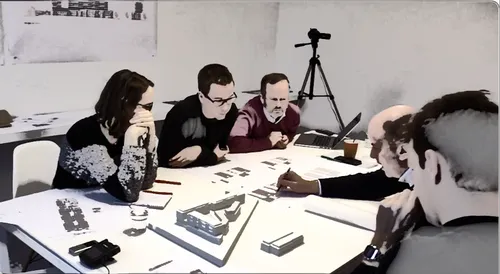
Prendre une position épistémique dans l’interaction. Les marqueurs du savoir, du non-savoir et du doute en français
A systematic and multimodal study of French epistemic and evidential markers as emerging in various professional/institutional settings documented by “natural“ video-recorded data.
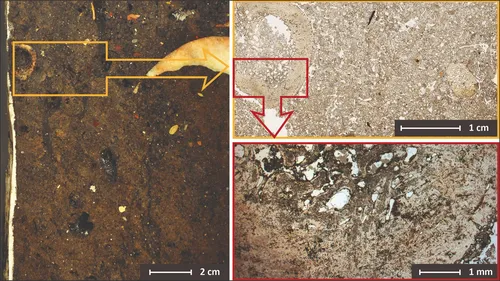
I-GEOARCHive
I-GEOARCHive provides geoarchaeological data and images (profile photos, thin section scans, microscope photos, layer descriptions, mortar and ceramic samples, etc.) from various archaeological sites.
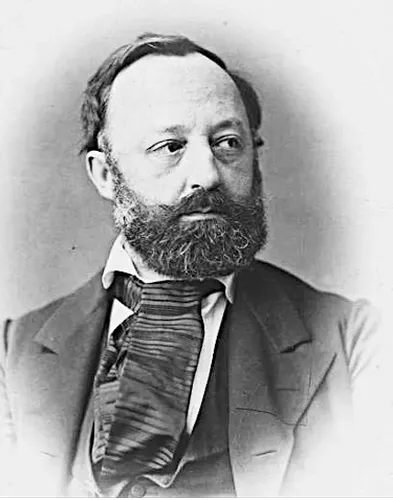
Historische-Kritische Gottfried Keller Ausgabe (HKKA)
Gottfried Keller (1819-1890) gehört zu den grossen Autoren des Realismus. Die eHKKA ediert Kellers Gesamtwerk: Seine Romane, Novellen, Gedichte, Tagebücher und Briefe.
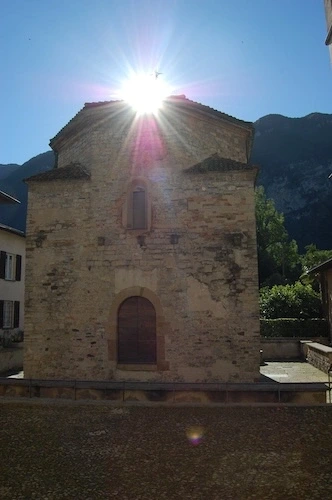
Symbolism of light in Early Christian sacred buildings in the Swiss Alpine valleys
Were early Christian churches aligned with the sun or the moon? A study across Switzerland and Northern Italy explores the links between the sky and sacred architecture.

Big Data in Agriculture: The Making of Smart Farms
This project contributes empirical evidence to the discussion of the opportunities and risks associated with smart farming.
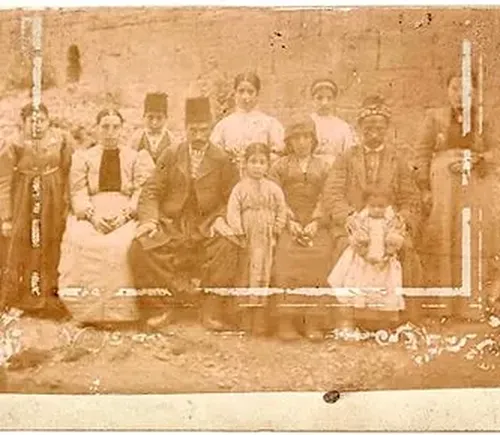
Portraits of Unbelonging: Photography, the Ottoman State, and the making of Armenian emigrants 1896-1908
How do photography and statecraft intersect in the making and unmaking of citizens? How and why did photography become a new media for unmaking subjects in late 19th c Ottoman empire?
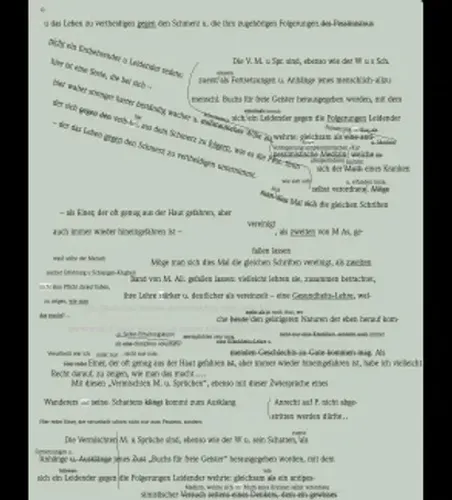
Der späte Nietzsche. Digitale Manuskriptedition
The digital edition project "Der späte Nietzsche" (The Late Nietzsche) publishes Friedrich Nietzsche's late estate digitally congruent to the manuscripts.
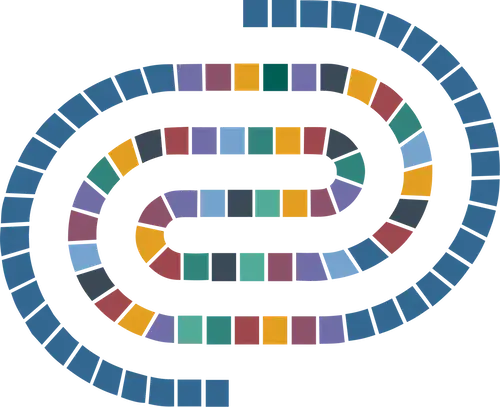
DaSCH – Swiss National Data and Service Center for the Humanities
This project contains material about DaSCH and events organised by DaSCH. All documents are made available in the original language of the presentations.
Participation in Social Health Protection: An Anthropological Case Study in Tanzania
This project calls for a broad view of social health protection, comprising health care funding and people’s ubiquitous but less visible strife for participation in self-organized groups and networks.
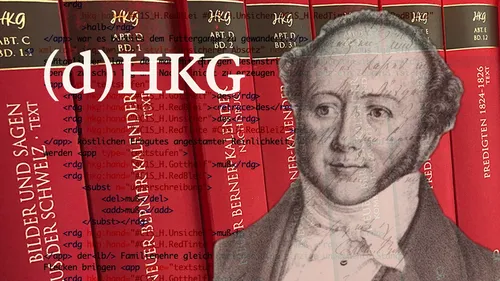
(digitale) Historisch-Kritische Gesamtausgabe der Werke und Briefe von Jeremias Gotthelf, HKG und dHKG
Die Historisch-kritische Gesamtausgabe von Jeremias Gotthelfs Werken und Briefen (2008–2040) lädt zu einer Entdeckung der Texte in ihren Kontexten ein.